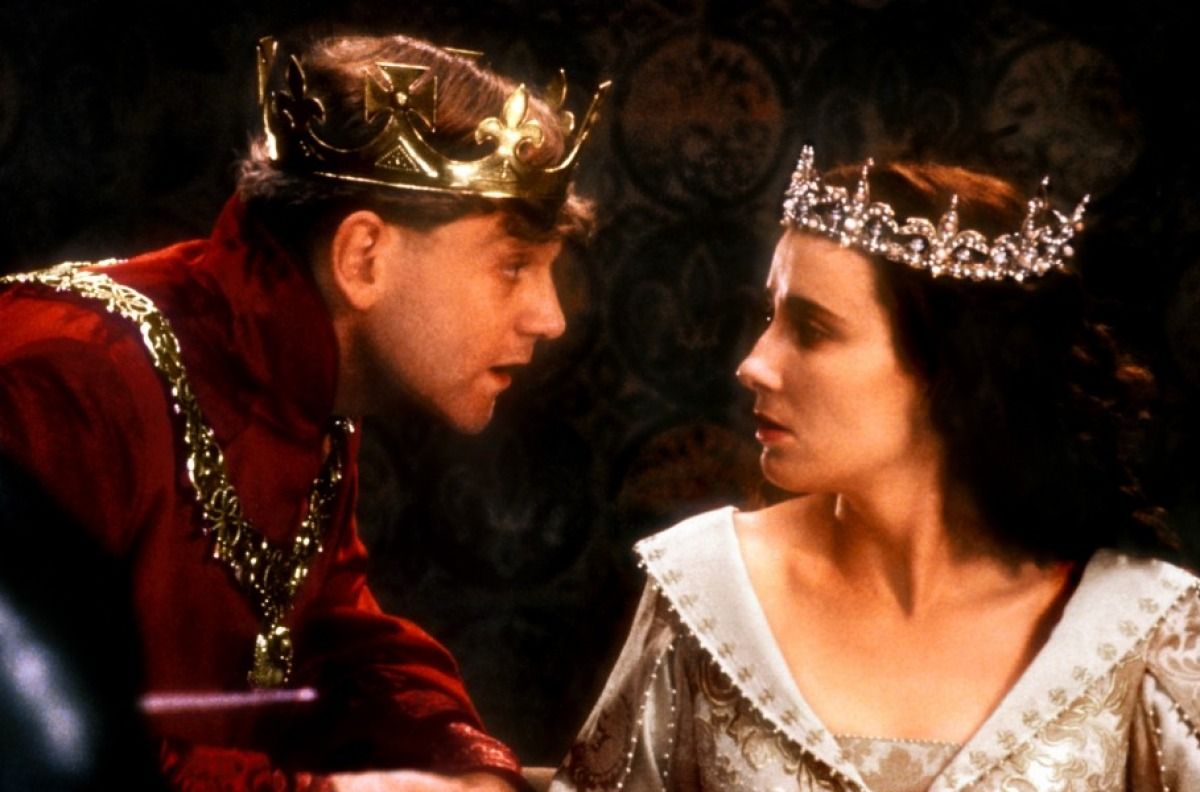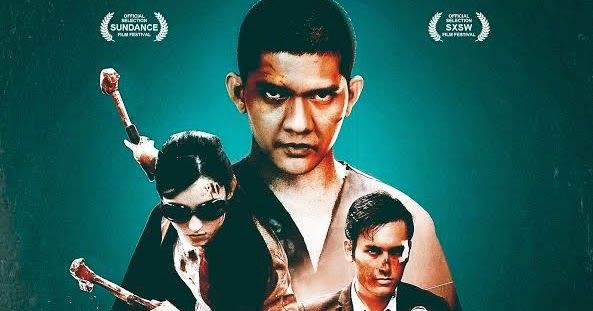
Let’s talk about ‘Girl, Interrupted’ as more than just a film. It was a cultural touchstone that brought together an incredible ensemble of talent, exploring complex themes of mental health and female relationships in a way that truly resonated. Among the powerful performances and intense storytelling, a beautiful and often unspoken bond formed behind the scenes, particularly between two of its brightest stars: Winona Ryder and the late, beloved Brittany Murphy. Their friendship, as candidly shared in interviews years later, offers a poignant glimpse into the human connections forged amidst the intensity of filmmaking.
The 1999 biographical drama, directed by James Mangold, was based on Susanna Kaysen’s powerful 1993 memoir, charting the experiences of young women institutionalized at a psychiatric hospital in the late 1960s. It was a project that Winona Ryder herself championed, working tirelessly to bring Kaysen’s story to the screen. This dedication created an environment where deep portrayals were demanded, and it was within this crucible that the bond between Ryder and Murphy blossomed, a connection that Murphy herself would later describe with immense fondness and gratitude.
Today, as we look back on ‘Girl, Interrupted,’ its impact extends far beyond its critical reception or Angelina Jolie’s Oscar-winning turn. It’s also a testament to the real-life friendships and mentorships that can emerge from collaborative artistic endeavors. Winona and Brittany’s relationship is a shining example of this, a personal narrative woven into the fabric of a film that already explored the depths of human connection and vulnerability. Their story reminds us of the profound influence individuals can have on each other, both on and off the silver screen.

1. **The Genesis of ‘Girl, Interrupted’ and Ryder’s Vision**Imagine being so passionate about a story that you’d fight tooth and nail to see it brought to life on the big screen. That’s exactly what Winona Ryder did for “Girl, Interrupted.” The film, a 1999 American biographical drama, was directed by James Mangold and co-written by him, Lisa Loomer, and Anna Hamilton Phelan. But its true origin lies in the powerful 1993 memoir by Susanna Kaysen, which chronicled her 18-month stay at a psychiatric hospital in the late 1960s. Ryder, recognizing the profound depth and importance of Kaysen’s narrative, was instrumental in its cinematic journey.
In June 1993, Columbia Pictures acquired the film rights to Kaysen’s memoir, but not without a significant push. Winona Ryder had also “attempted to buy the film rights,” demonstrating her early and deep commitment to the project. When that didn’t pan out, she “ultimately partnered with producer Douglas Wick to develop the project as a star vehicle,” effectively becoming a driving force behind its production. This wasn’t just another acting gig for Ryder; it was a passion project that she nurtured through what’s often referred to as “development hell” for five long years.
During this period, “three different scripts were written but none satisfying Ryder and Wick, their reasoning being that Kaysen’s book struggled to translate to film.” This speaks volumes about Ryder’s dedication to maintaining the integrity and essence of the source material. It wasn’t until she approached James Mangold to direct, after being impressed by his film “Heavy,” that the project truly found its footing. Ryder, Wick, and Mangold finally “settled on a final shooting script in mid-1998,” paving the way for a film that would not only captivate audiences but also forge unforgettable bonds among its cast, including the nascent friendship between Winona and Brittany.

2. **Brittany Murphy’s Transformative Role as Daisy Randone**Brittany Murphy, already known for her bubbly role as Tai Frasier in “Clueless,” took on a dramatically different and profoundly challenging character in “Girl, Interrupted”: Daisy Randone. Daisy is an “eighteen-year-old girl with OCD who self-harms and is addicted to laxatives.” Her character is a heart-wrenching portrayal of trauma, particularly that stemming from “incestuous sexual abuse she has long suffered from her father.” Murphy’s ability to embody such profound pain and vulnerability showcased a remarkable depth that surprised many who knew her primarily from lighter fare.
Daisy’s specific quirks and struggles are meticulously detailed in the film, adding layers to Murphy’s performance. She “keeps and hides the carcasses of the cooked chicken that her father brings her in her room,” a haunting symbol of her obsessive behaviors and the disturbing relationship with her father. This detail, alongside her “self-harm” and “addiction to laxatives,” paints a picture of a young woman trapped in a cycle of control and self-destruction. Murphy navigated these complex aspects with a delicate balance, making Daisy not just a collection of symptoms but a deeply tragic and sympathetic individual.
The emotional weight of Daisy’s story culminates in a truly devastating sequence. After escaping with Susanna and Lisa, Daisy is “confronted by Lisa when she discovers Daisy has been cutting herself.” Lisa’s cruel taunts, accusing Daisy of “enjoying the incestuous sexual abuse,” push her to the brink. The next morning, Susanna finds Daisy tragically dead “in her bathroom, having slashed her wrists and hanged herself.” Brittany Murphy’s poignant portrayal of Daisy, leading to such a heartbreaking end, left an indelible mark on audiences and critics alike, earning her a nomination for “Best Leading Young Actress in a Feature Film” at the Young Artist Awards. Her performance was a powerful testament to her acting prowess and her fearless approach to difficult material, solidifying her place as a serious dramatic actress.

3. **The Unlikely Friendship Blossoms: Murphy’s ‘Ultimate Mentor’**Beyond the intense dramatic performances and the challenging subject matter, a truly heartwarming story was unfolding behind the scenes: the genuine friendship between Brittany Murphy and Winona Ryder. While the characters they played, Susanna and Daisy, shared a complex dynamic within the institutional walls, the actors themselves fostered a bond that Brittany Murphy cherished deeply. It was a friendship built on mutual respect and, for Murphy, a profound sense of mentorship that she openly acknowledged.
In a September 2001 interview with the Los Angeles Times, Murphy spoke candidly about her relationship with Ryder, affectionately referring to her as “Noni.” This informal, personal nickname immediately conveys the warmth and closeness of their connection. What’s particularly striking is how Murphy described Ryder as her “ultimate mentor.” This wasn’t just a casual remark; it was a heartfelt declaration of the significant positive influence Winona had on Brittany, guiding her through the often-treacherous waters of Hollywood and personal growth.
Murphy’s admiration for Ryder was clear, highlighting the kind of supportive relationship that can be rare in the competitive entertainment industry. Her comment, “I have never said anything about it in print before because it’s weird to talk about a friend. But she’s really there for me and my ultimate mentor,” beautifully captures the depth of her feelings. It speaks to a private bond that she felt protective of, yet was also bursting with pride to share. This mentorship wasn’t just about career advice; it extended to personal aspects of navigating fame and self-presentation, demonstrating the holistic nature of Winona’s support for Brittany during a pivotal time in her career.
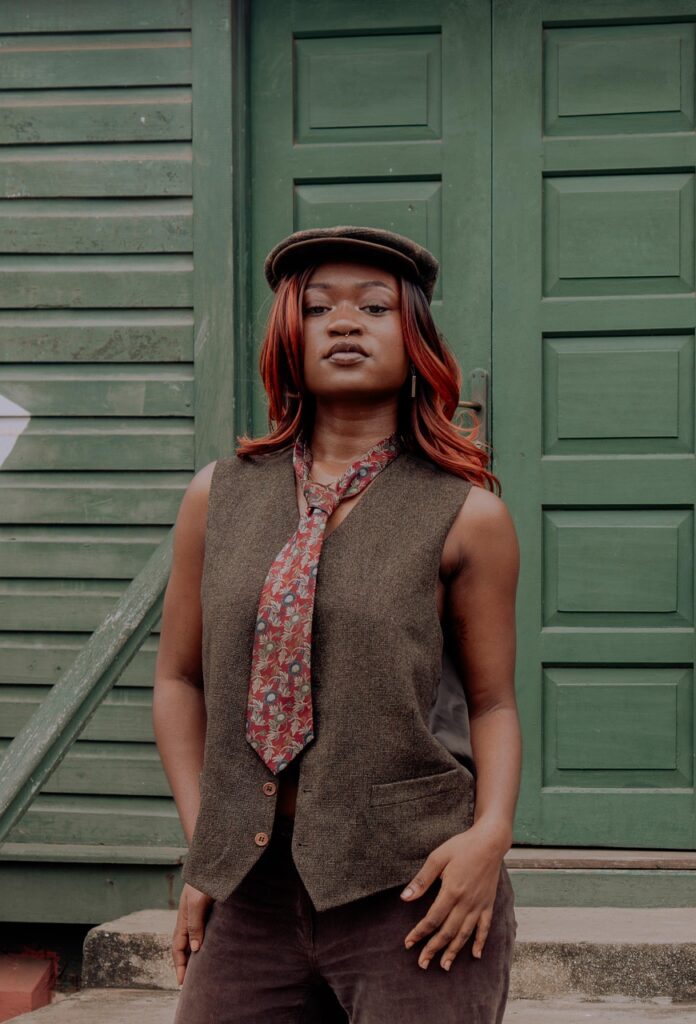
4. **Red Carpet Ready: Ryder’s Fashion Guidance for Murphy**One of the most charming aspects of Brittany Murphy’s account of her friendship with Winona Ryder was the practical, everyday mentorship that extended into the realm of celebrity style. For many young actors navigating the red carpet for the first time, the world of high fashion and public appearances can be overwhelming. Brittany, who had risen to fame with “Clueless,” found an invaluable guide in Winona, who had already experienced the full spectrum of Hollywood glamour and scrutiny.
Murphy openly admitted to feeling a bit out of her element in the early days, confessing, “Before, I didn’t know how actors got to look so pretty. They have stylists, hair, and makeup. I look at old photos from the Clueless premiere, and I look like a little meatball on top of another meatball.” This candid and relatable observation highlights the reality behind the polished images we often see, and how overwhelming it can be for someone new to the scene. It’s here that Ryder stepped in, offering guidance that went beyond acting tips, delving into the nuances of public image.
Winona, with her extensive experience in the industry, provided practical and empathetic advice. Murphy elaborated, saying, “‘Noni has basically been through everything a zillion times over. Something as simple as dressing classy in pictures, she’ll advise me on it.'” This particular detail paints a picture of a thoughtful, hands-on mentorship. It wasn’t about dictating style, but about sharing wisdom on how to present oneself confidently and elegantly, helping Brittany find her footing in a world that often scrutinizes every sartorial choice. This aspect of their friendship makes their bond feel incredibly relatable, showing how even seemingly small acts of guidance can make a huge difference in someone’s life.
5. **Navigating Media Scrutiny: The ‘Lesbian Kiss’ Tabloid Tale**The intense spotlight of Hollywood often comes with its fair share of sensationalism, and Brittany Murphy found herself at the center of a particularly wild tabloid story involving Winona Ryder. When asked in a 2004 People interview to name the most outrageous thing she’d ever read about herself in the tabloids, Murphy’s answer was immediate and delivered with a sense of humor: a story claiming she and Ryder shared a “lesbian kiss.” This incident, for Murphy, marked her “introduction to the media, the cover of the National Enquirer,” highlighting her early exposure to the often-unpredictable world of paparazzi and gossip.
Murphy recounted the playful origins of the story, explaining, “We just sort of kissed as a joke.” This innocent act, a moment of lightheartedness between friends, was instantly blown out of proportion by eager photographers. She described the bewildering situation: “I didn’t know what to do because [the photographers] were in front of the car and it was either run them down or just stay there.” Faced with an unexpected barrage of cameras, her natural response was to “start making funny faces,” inadvertently fueling the media’s hunger for a scandalous narrative. The result? “All of a sudden I was Winona Ryder’s lesbian lover.”
What makes this anecdote particularly endearing is Brittany’s reaction to the absurdity of it all. Far from being upset, she confessed that she “loved” the story. Her reasoning was delightfully unpretentious: “They called me a sexy screen siren, which is not how I see myself at all.” This glimpse into Murphy’s personality reveals her ability to find humor in outrageous situations and her refreshing lack of ego. It also underscores the often-distorted reality portrayed by tabloids, turning a simple, friendly jest into a front-page sensation. This shared moment, however sensationalized, only adds another layer to the unique and enduring bond between Brittany and Winona, showcasing their ability to navigate the bizarre world of celebrity with grace and a shared laugh.

6. **Winona Ryder’s Hopes for Friendship and Jolie’s Method Acting**Winona Ryder entered the ‘Girl, Interrupted’ set with an open heart and a hope for genuine connection, particularly with co-star Angelina Jolie. Given the intense nature of the material and the collaborative spirit often found in filmmaking, it’s natural for actors to form deep bonds. Ryder herself “remember[ed] thinking, ‘Oh we’re going to turn out to be great friends,’” a sentiment that speaks to her desire for camaraderie during the demanding production.
However, the dynamic between them unfolded differently than Ryder might have anticipated. Angelina Jolie, known for her immersive acting style, chose a method approach to her character, Lisa Rowe, maintaining a deliberate distance. Ryder observed, “I think she needed to be able to look at me just as the character Susanna, not as Winona, so in a very respectful way she just kind of kept her distance.” This reveals Jolie’s commitment to staying in character, ensuring that her on-screen intensity felt authentic, even if it meant sacrificing a casual off-screen friendship at the time.
Despite the lack of a close friendship during filming, Ryder holds immense respect for Jolie. She candidly shared, “I saw her at one of the awards shows but I haven’t really seen her since,” indicating that their paths diverged after the project. Yet, Ryder’s admiration for Jolie’s later work, particularly her “humanitarian stuff,” is palpable. She remembered Jolie being “so open about her problems” during the press junket, and finds it “really great to see she’s found her calling in her personal life,” showcasing an empathetic understanding that transcends their on-set dynamic.
7. **The “Two Camps” On Set: Ryder vs. Jolie**The intensity of “Girl, Interrupted” wasn’t just confined to the script; it reportedly created distinct social dynamics among the cast, as veteran actress Elisabeth Moss, who played Polly Clark, vividly recalled. Filming such a raw and emotionally charged drama about young women in a psychiatric facility naturally fostered different alliances and social groups, mirroring the characters’ own complex relationships within Claymoore Hospital.
Moss, reflecting on her experience as a 15-year-old on set, described a palpable division: “There were two kinds of camps. There was the Winona Ryder camp and the Angelina Jolie camp.” This unofficial split, she noted, was “based on what was on camera,” suggesting that the on-screen rivalries and differing energies of the characters may have subtly influenced the off-screen interactions. It’s a fascinating glimpse into how method acting and character immersion can extend beyond the camera’s gaze.
Elisabeth Moss openly admitted her allegiance, stating, “I was in the Winona Ryder camp.” Her account also highlights the intimidating aura that Angelina Jolie, with her charismatic and intense portrayal of Lisa Rowe, projected. Moss candidly shared, “The Angelina Jolie camp was really cool. I was intimidated by the Angelina Jolie camp. I had no thoughts of ever being able to be in that camp.” This youthful perspective underscores the powerful presence Jolie commanded, even among her fellow talented co-stars, making her character’s rebellious magnetism felt both on and off screen.
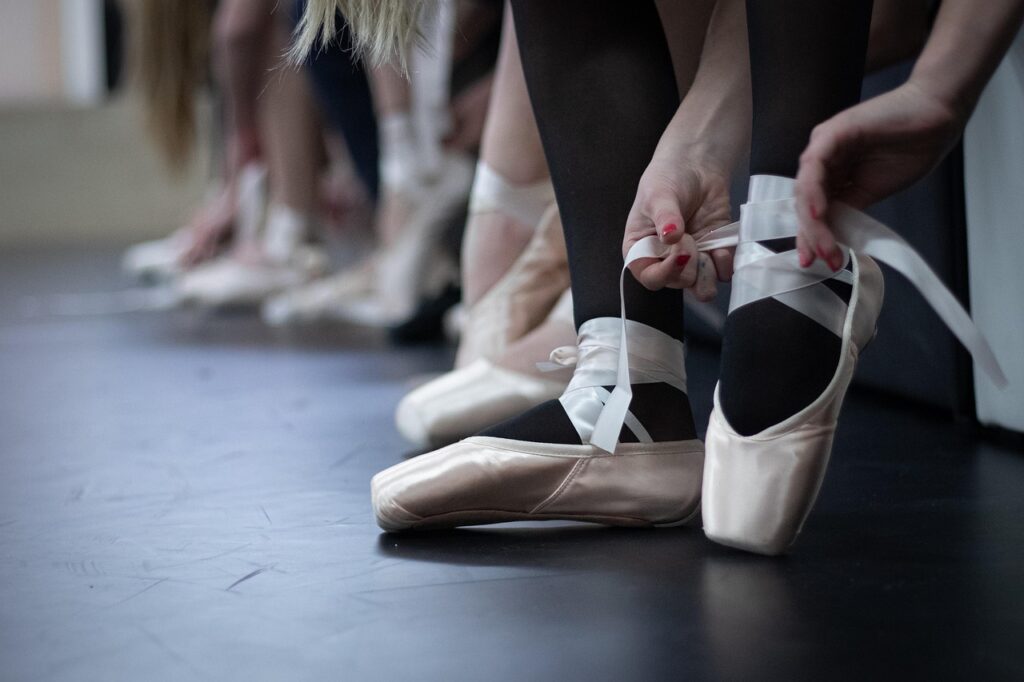
8. **Unpacking the Film’s Enduring Themes: Mental Illness and Society**Beyond the captivating performances, “Girl, Interrupted” is a powerful exploration of complex themes, particularly the societal understanding and treatment of mental illness in the 1960s. One of its most poignant interrogations is the “confusion of social nonconformity with insanity,” as seen through Susanna Kaysen’s eyes. She persistently questions if her prolonged stay at Claymoore is truly “justified,” highlighting how societal norms can hastily label and institutionalize those who simply don’t fit in, echoing the film’s critique of the diagnostic process itself.
The film also boldly tackles the controversial practice of “forced institutionalization” and the efficacy, or lack thereof, of the therapy patients were subjected to. Lisa Rowe, ever the rebel, sarcastically dubs psychotherapy “the-rapey,” a poignant play on words that underscores the psychological violation many felt from being compelled to “divulge their secrets” for a chance at release. This raises critical questions about patient autonomy, a concept often “relegated to those without mental illness” in that era, and the ethical dilemmas inherent in coercive treatment.
Furthermore, “Girl, Interrupted” provides a critical lens on the “representations of being a woman with mental illness” during a period when “women’s liberation movements” were just beginning to challenge established norms. Dr. Melvin Potts initially “conceals” Susanna’s diagnosis of borderline personality disorder from her, deeming it “unnecessary for her to know,” and later informs her it’s “more common in women than in men.” This gendered approach to diagnosis and treatment reflects the ingrained sexism of the time, prompting viewers to consider how such biases influenced women’s experiences within the mental health system.
Finally, the theme of “isolation” permeates the narrative, physically manifested by Claymoore itself, which is depicted as “reminiscent of a prison” with “bar-covered windows and regular room inspections.” This constant surveillance and confinement reflect the stark reality of institutional life. Susanna’s personal isolation is also palpable, as “neither her parents nor her boyfriend… come to visit her,” leaving her emotionally adrift. Yet, paradoxically, this isolation also serves as a “protective shield,” as Lisa wisely notes, from a dangerous “outside world” where “there’s nobody to take care of you out there,” suggesting a complex interplay between confinement and a perverse sense of safety for some patients.
9. **Critical Reception and Performances**Upon its theatrical release, “Girl, Interrupted” garnered a “mixed” reception from critics, a common fate for films tackling sensitive and complex subject matter. While audiences often responded “more positively,” the critical landscape was divided. Many reviewers, however, found common ground in praising the powerful performances that anchored the film, particularly those delivered by its leading trio: Winona Ryder, Angelina Jolie, and Brittany Murphy, whose individual contributions were frequently singled out as highlights.
Angelina Jolie’s portrayal of the rebellious sociopath Lisa Rowe was a particular standout, earning her widespread critical acclaim and a slew of prestigious awards. She “won numerous awards including the Academy Award for Best Supporting Actress, the Critics’ Choice Movie Award for Best Supporting Actress, the Golden Globe Award for Best Supporting Actress – Motion Picture and the Screen Actors Guild Award for Outstanding Performance by a Female Actor in a Supporting Role.” This sweep of accolades cemented her performance as one of the film’s most memorable and impactful elements, demonstrating her magnetic screen presence and raw talent.
While Jolie’s performance often stole the spotlight, Winona Ryder’s nuanced depiction of Susanna Kaysen also received significant attention. Critics like Kenneth Turan of the Los Angeles Times conceded that the performances of Ryder and Jolie helped the film “stay as honest as it manages to sporadically be,” noting how “Both women have connected strongly to their parts.” However, not all reviews were universally glowing for Ryder. Charlotte O’Sullivan from Time Out Film Guide, for instance, remarked, “Does it matter that every time Jolie’s offscreen the film wilts a little? Ryder’s too wide-eyed and cutesy,” pointing to a perceived gap between Ryder’s sharp lines and her on-screen delivery.
Beyond the leads, Brittany Murphy’s transformative role as Daisy Randone also earned significant recognition, including a nomination for “Best Leading Young Actress in a Feature Film” at the Young Artist Awards. Despite the praise for the acting, some critics were less enthused by the screenplay itself. Paul Tatara of CNN “panned the film’s screenplay for containing little ‘self-reflection in the dialogue,'” and Roger Ebert was critical of the film’s “failure to focus on the themes it presents,” arguing it turned to melodrama due to a lack of character conflicts that could be resolved dramatically.
Read more about: Lady Gaga’s Unstoppable Style Saga: From Provocative Pop Icon to Oscar-Winning Luminary, A Deep Dive into Her Epic Fashion Evolution

10. **The Author’s Perspective: Susanna Kaysen’s Detraction**While “Girl, Interrupted” brought Susanna Kaysen’s compelling memoir to a wider audience, the author herself was notably among the film’s “detractors.” It’s not uncommon for authors to have strong feelings about adaptations of their work, especially when creative liberties are taken, and Kaysen was no exception. Her perspective offers a crucial counterpoint to the film’s public reception, highlighting the often-stark differences between a literary vision and its cinematic interpretation.
Kaysen specifically “accus[ed] Mangold of adding ‘melodramatic drivel’ to the story,” a strong indictment that suggests a perceived sensationalization of her deeply personal experiences. For an author, the integrity of their narrative is paramount, and any deviation that feels inauthentic or exaggerated can be deeply frustrating. This criticism underscores the challenge of translating a memoir, with its inherent introspective qualities, into a dramatic film designed for mass appeal.
A key point of contention for Kaysen was the inclusion of plot points “that were not in the book.” She explicitly cited “Lisa and Susanna running away together” as an example of an invented storyline. This alteration, while perhaps serving to heighten dramatic tension in the film, fundamentally changed the narrative arc and the characters’ journeys from Kaysen’s original account. Her detraction serves as a powerful reminder of the delicate balance filmmakers must strike between artistic license and fidelity to source material, especially when dealing with biographical stories.
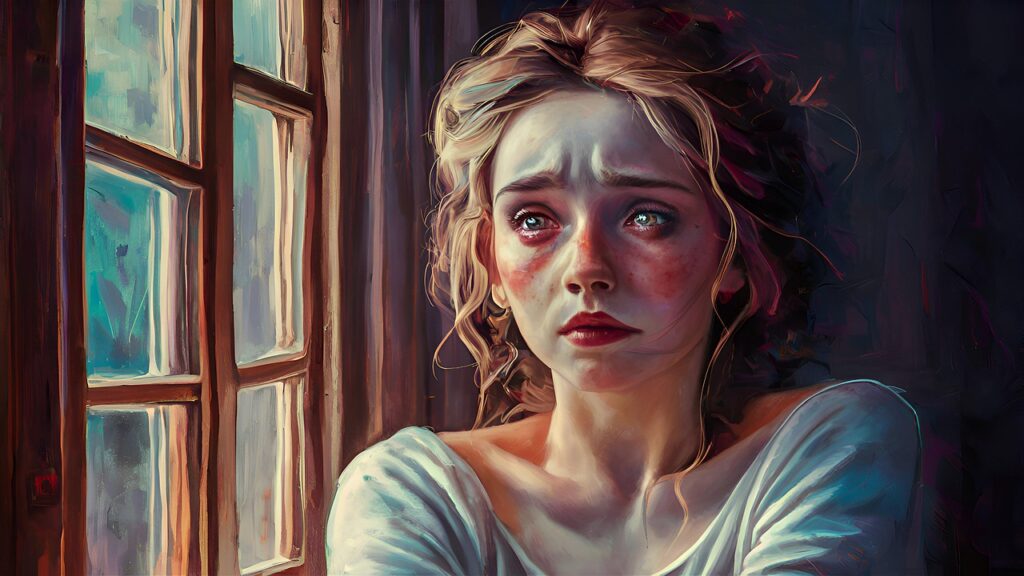
11. **The Poignant Aftermath: Ryder on Murphy’s Death**The profound impact of Brittany Murphy’s untimely death in 2009 reverberated deeply throughout Hollywood, but for Winona Ryder, it carried a particularly poignant weight, forever altering her relationship with “Girl, Interrupted.” The film, which had been a crucible for their friendship, became a difficult watch for Ryder in the years following Murphy’s passing, imbued with a new, heartbreaking layer of meaning.
Ryder candidly confessed, “I can’t watch the movie now because of Brittany Murphy.” This powerful statement reveals the depth of her grief and the personal connection she held with her co-star. The film itself contains a devastating scene where Daisy Randone, Murphy’s character, “kills herself in the movie,” a tragic parallel that undoubtedly makes viewing the film unbearable for Ryder, triggering painful memories and emotions associated with her friend’s real-life demise.
The bond between them was more than just professional; Ryder explicitly stated, “I was very close to her before she died.” This reinforces the genuine nature of their friendship, which had blossomed on set and continued beyond. The re-watching of the film, with its themes of mental struggle and the tragic end for Murphy’s character, would not just be a cinematic experience for Ryder, but a painful confrontation with loss, turning a powerful drama into a deeply personal memorial.
Reflecting on the bonds forged during “Girl, Interrupted” reminds us that films are more than just stories captured on screen; they are often the backdrop for real human connections that resonate far beyond the final cut. The friendship between Winona Ryder and Brittany Murphy, characterized by mentorship, shared laughter, and deep mutual respect, stands as a testament to the supportive relationships that can emerge from intense creative collaborations. Even as we acknowledge the film’s critical complexities and its author’s reservations, the enduring legacy of “Girl, Interrupted” is undeniably shaped by the vulnerability and authenticity brought by its cast, particularly the poignant, unbreakable connection between Winona and Brittany, a bond that continues to inspire reflection on the power of friendship in the face of life’s profound challenges.




